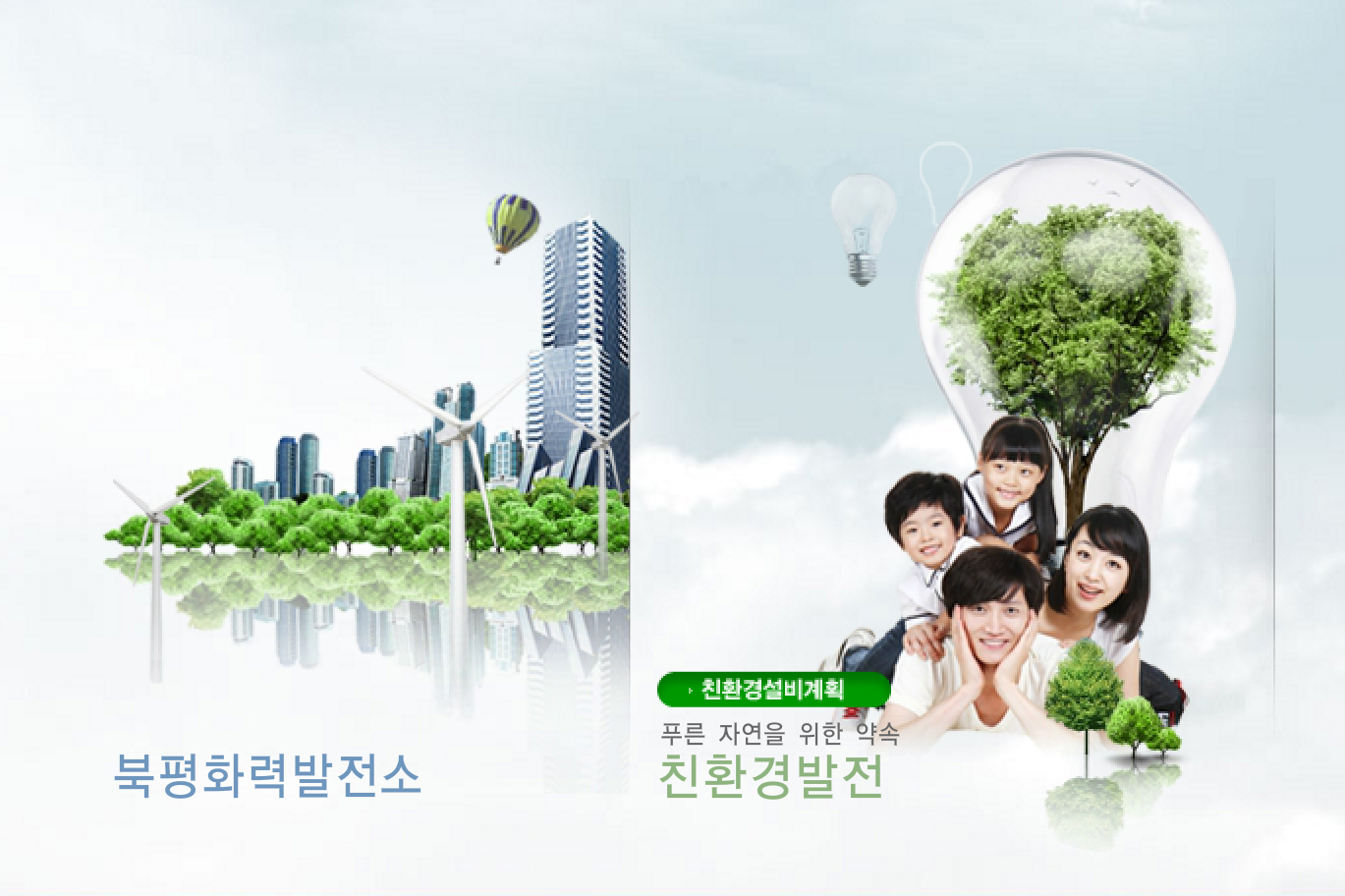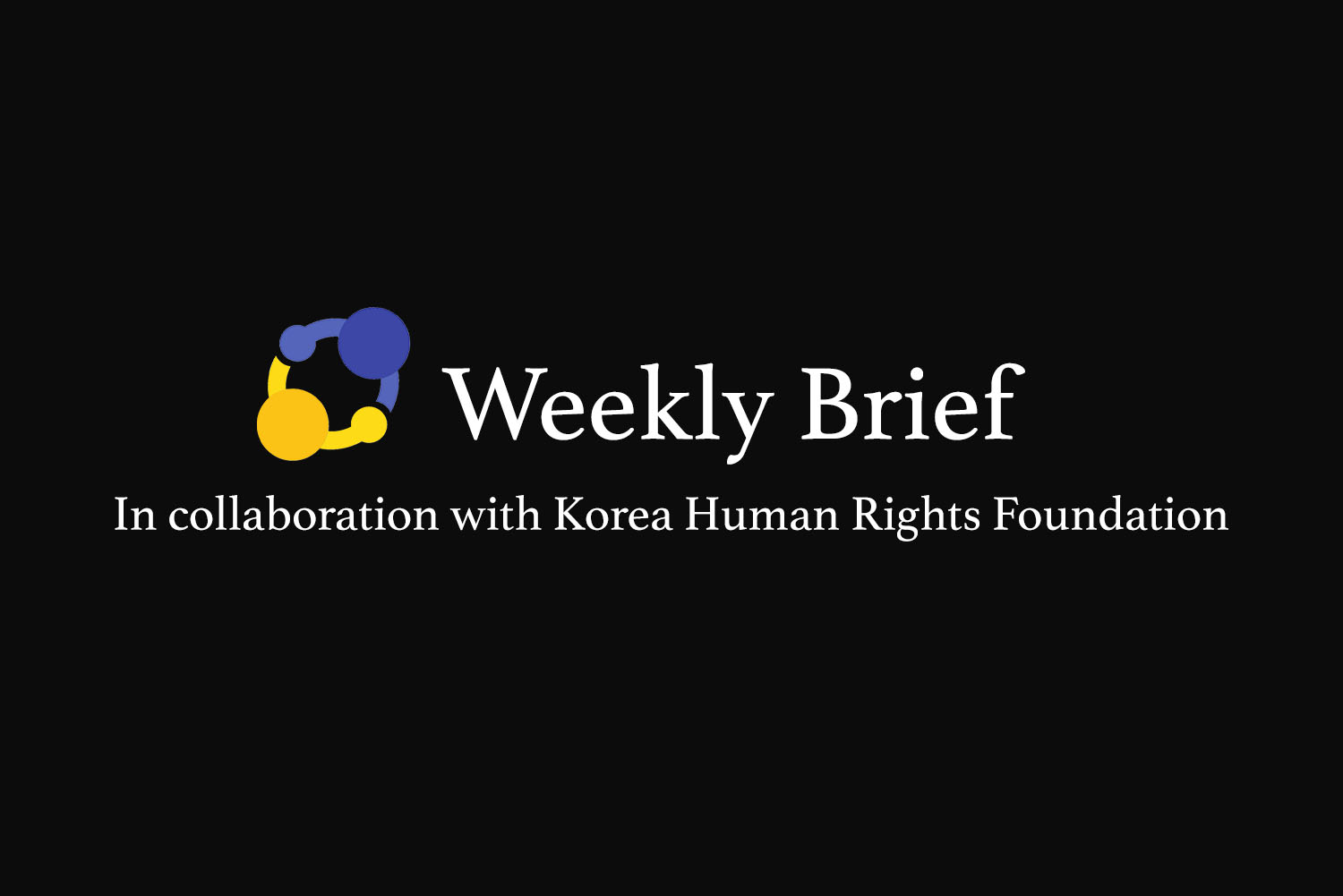South Korea’s controversy over coal-fired power stations continues to grow, in a country with the largest coal plant in the world. Concerns about air pollution and greenhouse emissions are rapidly darkening coal’s reputation, which powers about 40 percent of the country’s energy. Meanwhile, the companies building new coal plants have been resorting to some amusing online greenwashing tactics.


